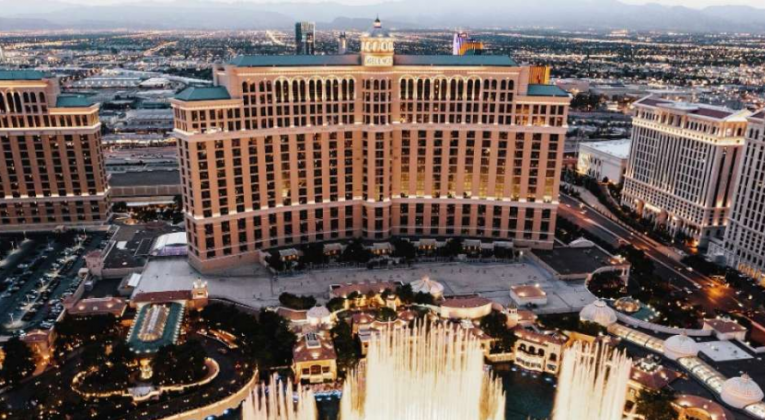It was only six or seven years ago, at the depths of the Great Recession, that Wall Street analysts were spending all of their time talking about MGM Resorts, one of the largest gaming companies. Only it wasn’t “good” talk.
Not Many “Outs,” But They Pulled Through

It was Steve Wynn who started the age of the mega-casino in Las Vegas, but MGM Resorts who continued the momentum. Wynn’s Mirage, which opened in 1989, was supposed to be a massive failure. Too expensive to build, too costly to run. Instead, it was wildly successful, and the massive construction projects started. By 2000, when MGM bought out Steve Wynn, the Las Vegas strip had gone corporate, with larger casino organizations gobbling up the smaller ones.
After a successful integration of Mandalay Bay five years later, MGM set its sites on the center of the strip. It announced the City Center project at the end of 2004. City Center included residential, shopping, casinos and condo-hotels. Sales of condos to individuals, who could put them in the MGM rental pool when they were not staying in their residences, were supposed to finance a large chunk of the total project cost.
And then it fell apart. The project price of $4 billion more than doubled, as design changes and overruns drove up costs. The Harmon Tower, one of the key properties, had to be torn down due to construction defects. And, of course, the great recession hit. Political pressure turned corporations off of Las Vegas conferences, and the local economy fell apart. International money also dried up. Only a fraction of the condo sales closed, and those that did close did so at a reduced price. The stock, which peaked at about $90 in 2007, dropped to just over $2 in 2009. Bankruptcy seemed to be right around the corner.
MGM Beats The Odds

Despite $14 billion of net debt on the balance sheet at the end of 2009 (The annual report that year was titled “The Power To Endure.”), they made it. CEO Jim Murren*, who had formerly been the company’s chief financial officer, was stuck with the task. The company cut costs, sold assets and renegotiated with lenders. It took on high-cost debt, since it had no other choice. It sold Treasure Island and, after running into regulators, began to explore the sale of its 50% ownership in Atlantic City’s Borgata. It survived a lawsuit from 9.5% shareholder Dubai World.
And Now…
With capital expenditures cut, costs in-line and the balance sheet repaired, the company is able to talk about growth again. It converted its high-cost debt and began to pay down the total. Trends have been moving in the right direction for several years. 2015 saw Las Vegas Strip RevPAR (revenue per available room) up 7%, with the Mayweather-Pacquiao fight headlining the year. The growth has continued into 2016, with the second quarter up another 3%, as last year’s fight made the second quarter comparison that much more difficult. The company is profitable again, and talking about returning its balance sheet to investment grade status.
But It Hurt Along The Way…
MGM Resorts is not the company that it was once built to be. It has sold off numerous properties around the country, as well as the Crystals shopping center in CityCenter. It sold a portion of its China property, the remainder of Borgata and, this past year, spun out 10 properties into MGM Growth Properties, a real estate investment trust. In other words, it has pulled all the levers that it could.
The Bottom Line
Walking down the Strip now, you could never tell what a sorry state that the city, and a few of its biggest companies, were in. But Las Vegas is back, and MGM has been a big winner.
*Jim is not only one of the nicest guys in Las Vegas but also one of the most charitable. Sometimes, the nice guys do win.
Cover Photo from MGM Resorts





